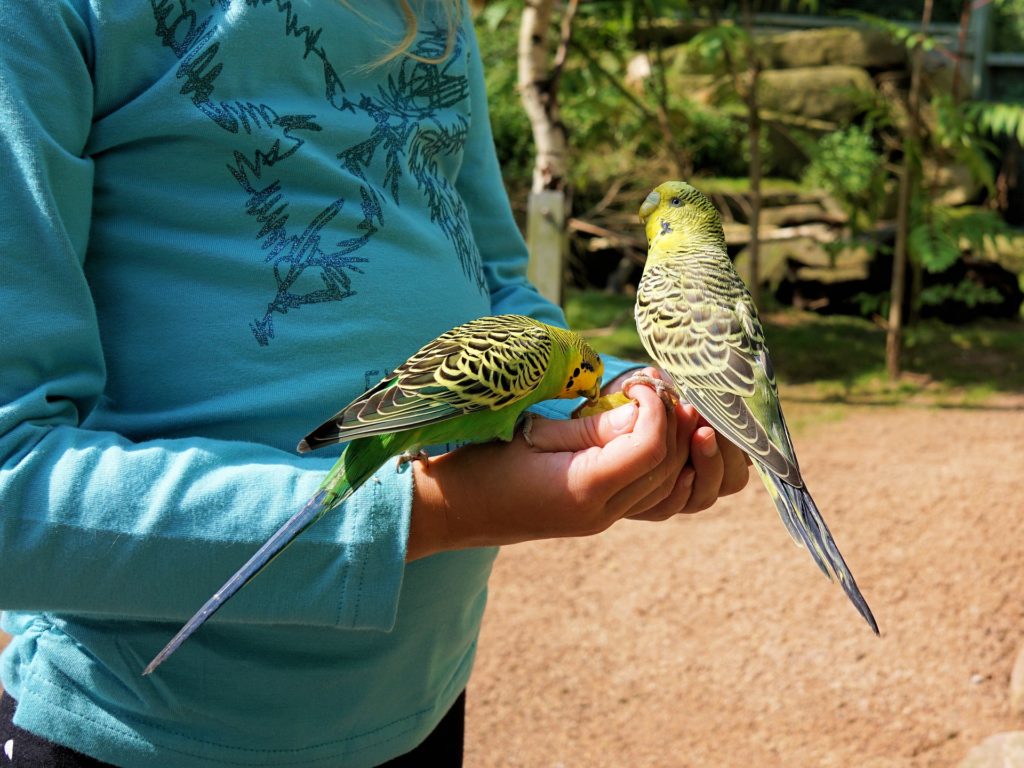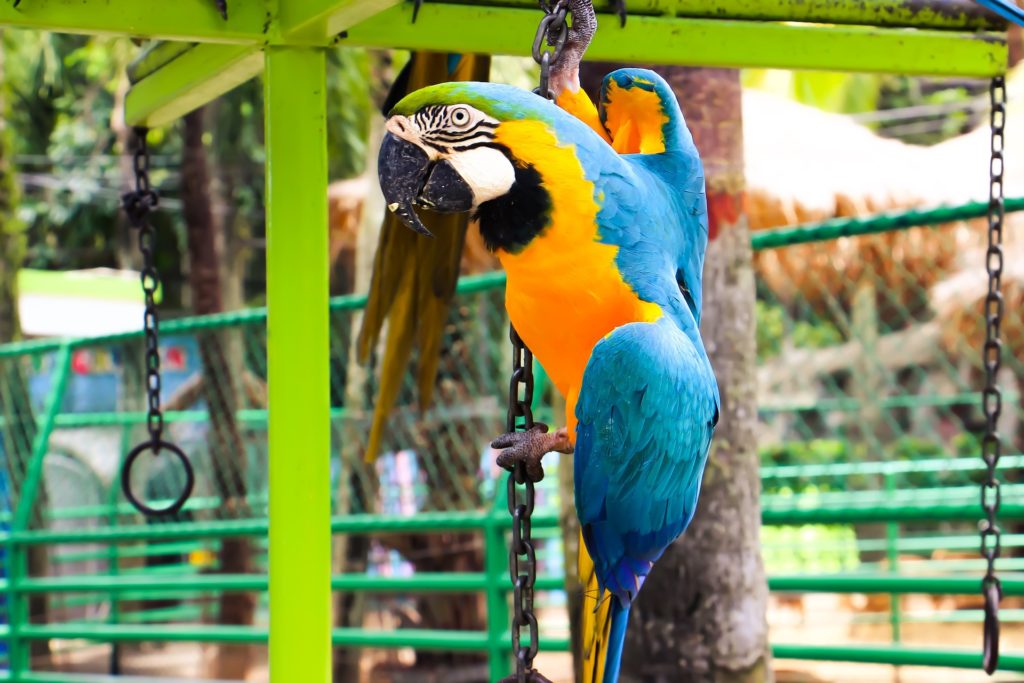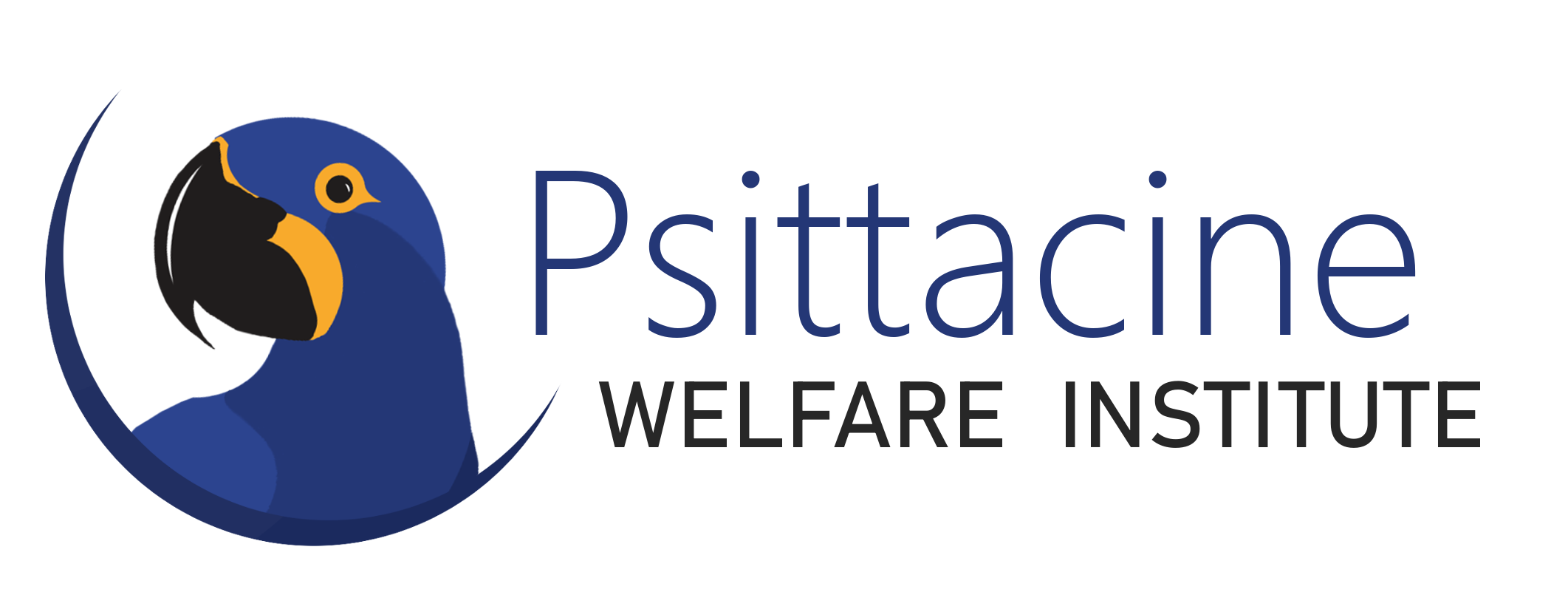Environmental Consequences in Training

Our understanding of animal learning and behavior has changed tremendously in the past two decades, in large part thanks to the influence of applied behavior analysis and a greater value on scientific methodology in our approaches. We’ve developed formulas such as SRS (stimulus, response, stimulus) versus SSR (stimulus, stimulus, response) to differentiate between operant and classical conditioning; we’ve created formulas like NS + UCS = UCR to elaborate on whether a stimulus or response is conditioned or unconditioned; and we’ve created mnemonic acronyms like the ABCs of behavior (Antecedent -> Behavior -> Consequence) to describe the order of operations. While simplifying a complex behavior interaction to a core equation of stimulus and response is a great learning tool for teaching new trainers and developing plans of actions, the formulas become inherently flawed as stand-alone tools if one doesn’t understand the true nature of environmental association. When we look solely at a behavior and a consequence operating on one another in the vacuum, we will routinely fail to effectively communicate or motivate our animal in an applied setting; which is the ultimate goal of training. This is not to say that the ABCs of behavior are not true, as the effects of operant conditioning on behavior are well-documented. It is to merely suggest that our innate need to categorize and rank processes will sometimes inevitably lead us astray from the reality of a complex system.

NO CONSEQUENCE; treats, a time-out, verbal praise, or an electric shock; will stop at the one behavior (B) written in your shaping plan. It will actually influence and act upon every factor of the animal’s current environment. When I offer my green-cheeked parakeet a small piece of grape after it steps onto my hand, the grape is not simply reinforcing the behavior, but it is also reinforcing the animal’s proximity to me, it is reinforcing the environment they are stepping into, it is reinforcing the clothes I am wearing that day, as well as any people that may be watching. In an operationalized sense, the consequence is operating not just on the B of behavior, but every environmental stimulus present.
Additionally, your consequence (C) will never be limited to the single reinforcement you’ve selected to offer, but instead will extend to encompass the animal’s whole environment in that moment. Offering a preferred food item will not be a positive consequence for an animal if the environment, trainer, and animal’s emotional state are all punishing at that moment. To build positive association with a state, which includes the environment and behavior; the consequence of the entire experience must be measured. Inside the decision-making process of every animal is an internal two-sided scale with each environmental factor of the moment contributing to either its positive or negative side. Only by reducing the negative weight of the environment or providing a substantially positive addition, will we get the scale to tip in our favor.
We like to view animal training as a simple linear progression, and in some spaces with some individuals this may be true, but animal training can also be incredibly complex, with aggressive or non-food-motivated individuals brought into novel environments with no positive history under any trainer. The truth of behavior interaction and training is that every association delineates out into the environment and back into the animal. Each behavior the animal chooses to perform, or doesn’t, is in response to the whole of the environment in front of it; and every consequence we provide for that behavior, radiates back out to shape the animal’s association of the whole environment. The linearization of these processes has undoubtedly led us to make great strides in the science of behavior and training, and at no point did any of these formulaic approaches claim to be infallible, but as new trainers continue to rely on these equations to problem-solve for applied scenarios, it becomes increasingly important to modify the way we view them to more appropriately apply our knowledge to increasingly complex cases. To elaborate further, let’s look at some examples where by failing to look holistically at a behavioral problem, we will fail to come to an appropriate solution.

PUNISHING A BEHAVIOR PUNISHES THE WHOLE STATE
On paper, a punisher seems like an effective solution to many behavioral problems, so why isn’t it? Following linear logic: if a parrot bites me, it is exhibiting a behavior (B), that we can follow with a punishing consequence (C), such as restraint. Through the association of biting with a punisher – restraint, we should see a decrease in the amount of biting; however any parrot trainer the world-over knows that this is simply untrue, yet many struggle to explain exactly why. The reason that this logical pathway fails, is the same reason that nearly all punishers backfire, and that is because you are not simply building an association with the action of biting, but rather with the entire environmental snapshot of that moment; you are creating a negative association with the bird’s home, the bird’s state, and most importantly: a negative association with you and your hands. If the primary cause of a bird’s aggression is fear of consequences associated with your hand, it is fairly easy to see why increasing that negative association with you is a recipe for disaster. Punishers are trust-destroyers because they don’t just punish a behavior, they punish the trainer too.
A REINFORCER IS NOT POSITIVE IN A NEGATIVE STATE
There are few words with greater positive connotation than that of “positive reinforcement training”. In a brilliant display of the intersection between welfare and training, we’ve made resounding progress in the implementation of training programs with an emphasis on least coercive practice. While I fully support the direction of positive reinforcement training as a tool for welfare, it too can fail when only considered linearly. When working with a fearful bird, we could use food to elicit interest in our training sessions. Formulaically, our presence is the antecedent (A), the behavior is a non-fearful or participatory response (B), and the consequence is food of a reinforcing nature (C). Mathematically, it seemed like an infallible plan; however, the bird quickly regresses and becomes much more fearful than before. What happened? If we had looked holistically at the environmental snapshot, we would see that our reinforcer was not operating alone, but rather as one piece of a greater environment. Also on this internal scale, was the animal’s proximity to us, which may have been far too close; it’s internal state, which was fearful; and the animal’s surroundings which could be completely novel. It becomes easy to see that for this animal, under these conditions, no amount of food would be positive if delivered by a terrifying entity in a terrifying place. When an animal eats only to see you removed from their presence more quickly, you have lost any positive association, established a more coercive method of participation, and turned an ordinarily positive reinforcer into a punishing environmental snapshot.
The purpose of this article is not to challenge the methodology we’ve used to understand behavior, but rather to caution the reader to avoid overly-linearizing a process where the entire environment plays a crucial role. The latter example above can be easily remedied by carefully reviewing an animal’s history and ensuring that their environment is consistent and comfortable; however, it’s easy to forget that minor adjustments to a space can change the meaning of reinforcement entirely, for example a new person watching the session. The former example given is entirely more problematic, as it means that we must have an acute understanding of the environment and ourselves each time we present a consequence. If we trim a bird’s nails via restraint, what are the environmental associations they are then tying to that stress? If the only time they receive positive socialization is outside of their enclosure, what are the environmental associations with the enclosure’s inside? Training is the method with which we communicate with animals, and behavior is the language we speak. Unlike speaking a language, we never stop behaving, and every action we make influences the animals perception of the environment, including us. By understanding that stimuli nearly never occur alone in applied settings, we can begin to see that training, although formulaic in nature, is anything but linear.


